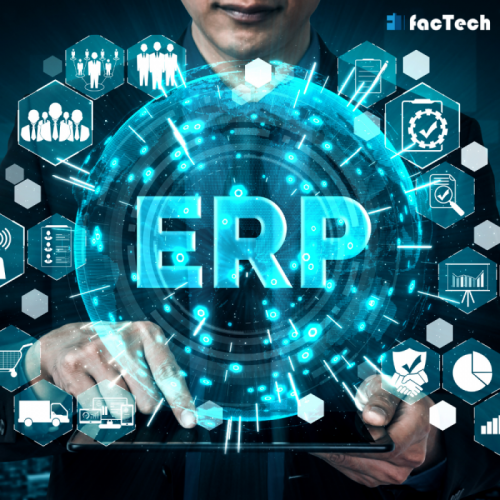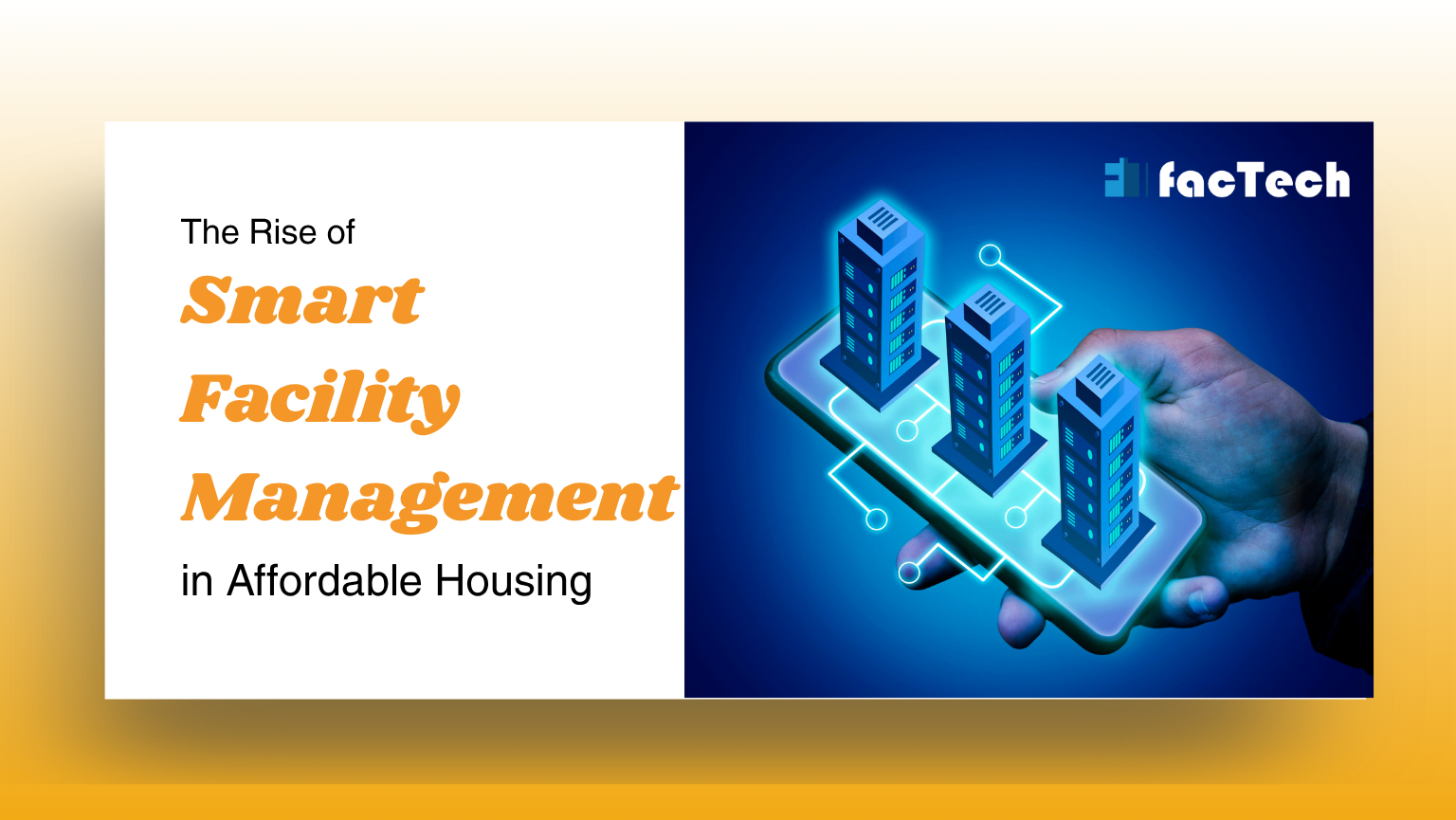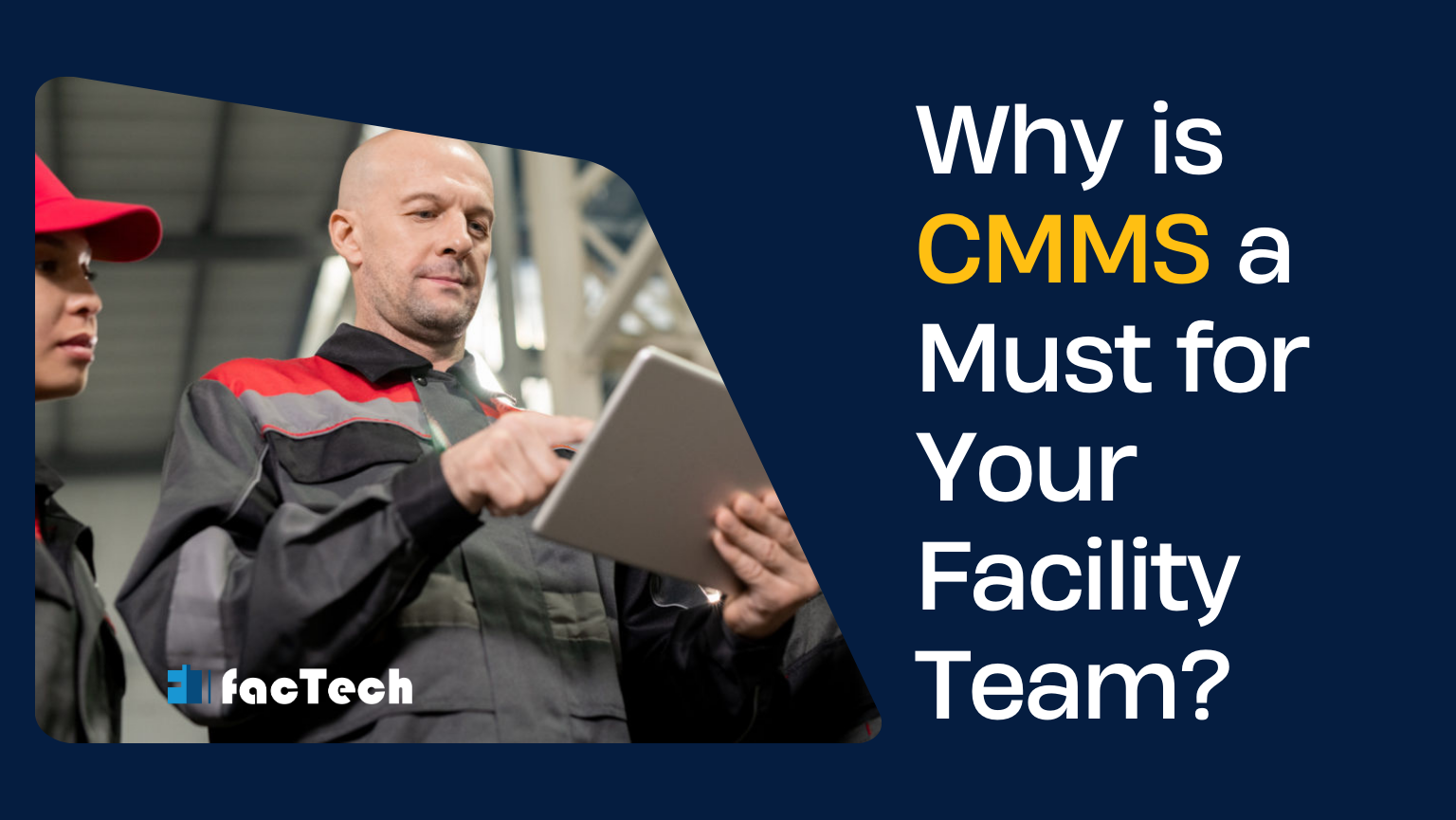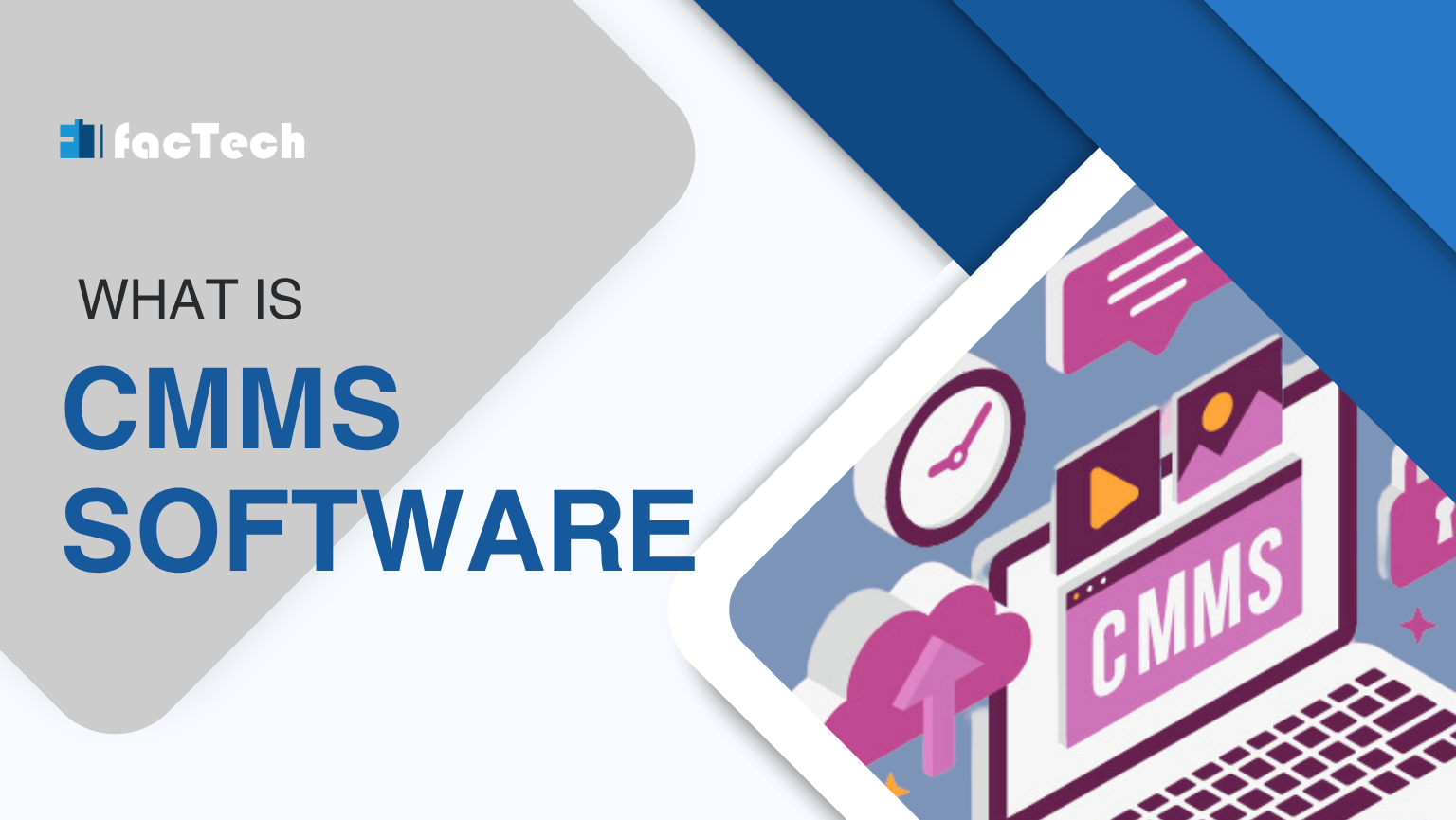How Facility ERP System is Transforming Building Maintenance?
Facility enterprise resource planning (ERP) systems have revamped the way of building maintenance. This ensures the smooth functioning and longevity of the built environment. At first glance, building maintenance might sound like a cumbersome task. Yes, it was. Earlier, as you might know, building maintenance involved manual tasks and higher costs. But now, you can be at ease with the facility’s ERP system.
In this blog, we will shed some further light on this. So, buckle up!
What is Facility ERP System?
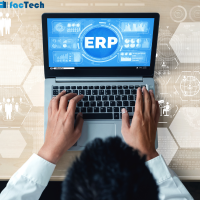
A facility enterprise resource planning system is a set of comprehensive software solutions that streamline and automate various aspects of building maintenance management. Enterprise resource planning is mediated by software and technology and helps integrate different functionalities of maintenance. These functionalities include work order management, preventive maintenance planning, asset management, and data analysis all in a centralized platform.
Let’s deep dive into the aforesaid key features of ERP one at a time.
Efficient Resource Allocation
Workforce Scheduling and Dispatching:

Facility ERP systems optimize workforce scheduling and dispatching by considering factors such as technician availability, skill sets, and geographical proximity. These systems help allocate the right technicians to specific tasks, reducing travel time and maximizing productivity. Efficient workforce scheduling minimizes idle time and ensures that maintenance activities are completed in a timely manner.
Resource Tracking and Utilization:
Using such software, you can gain valuable insights into equipment, spare parts etc. Maintenance teams can monitor resource utilization patterns, identify bottlenecks or inefficiencies, and make data-driven decisions to optimize resource allocation. Effective resource utilization reduces costs and improves overall operational efficiency.
Skill-Based Assignment and Training Management:
Maintenance teams can assign tasks based on technicians’ skill sets and certifications. ERP systems maintain a record of technician qualifications and training history. This ensures that you assign the right task to the right personnel. And the best part? Well, these systems help manage training programs, track certifications, and schedule refresher courses to ensure technicians stay up-to-date with industry standards and best practices.
Cost Optimization and Budgeting:
An effective facility ERP system generates reports and analytics on maintenance costs. This helps organizations identify areas of overspending or inefficiencies. By analyzing this data, you can make informed decisions to optimize maintenance budgets, allocate funds appropriately, and prioritize maintenance activities based on cost-effectiveness.
Streamlining Work Order Management
Centralized Work Order Creation and Tracking:
You can now create work orders, assign them to specific technicians, and track their progress in real-time. This centralized approach completely eliminates manual paperwork and miscommunication, improving overall visibility and accountability.
Real-time Updates and Notifications:

Whenever you’ll assign a new work order, technicians will receive instant notifications. This ensures timely response and minimizes delays in addressing maintenance issues.
Prioritization and Escalation of Tasks:
Using an efficient ERP system, you can quickly prioritize work orders based on urgency and criticality. Teams can escalate high-priority tasks to the top for ensuring swift resolution and minimizing potential disruptions or safety hazards.
Integration with Asset Management:
Facility ERP systems integrate seamlessly with asset management modules, allowing for better coordination between maintenance activities and asset performance. Maintenance histories, asset documentation, and relevant data are readily accessible, enabling technicians to make informed decisions and execute maintenance tasks more effectively.
Preventive Maintenance Optimisation
Scheduled Maintenance Planning:
Based on equipment usage, breakdown history etc., facility ERP systems enable organizations to automatically generate maintenance schedules. By adhering to these preventative maintenance plans, organizations can minimize the risk of unexpected disruptions to operations and extend the lifespan of assets.
Resource Allocation and Inventory Management:
Effective preventive maintenance requires proper resource allocation and inventory management. To aid this, facility ERP systems provide insights into resource availability, allowing maintenance teams to allocate technicians, equipment, and spare parts efficiently. These systems help prevent overstocking or understocking of inventory, reducing costs and ensuring that necessary resources are readily available when needed.
Enhanced Communication and Collaboration

Improved Communication Channels:
Facility ERP systems improve communication channels through integration with messaging platforms, notifications, and email. This enhances communication between maintenance teams, building occupants, and other stakeholders.
Mobile Accessibility:
Maintenance teams can view work order details, capture and upload photos, record observations, and update work status in real-time. This mobility improves field service efficiency and enables seamless collaboration between on-site technicians and the central maintenance team.
Vendor and Supplier Management:
Furthermore, ERP software support effective communication and collaboration with external stakeholders, such as vendors and suppliers. These systems streamline vendor management by providing a centralized database for vendor information, contracts, and communication.
Final Words
Wrapping it up, facility ERP systems are instrumental in revolutionizing building maintenance. This software provides a centralized platform for the efficient management of tasks, assets, and resources. In addition, these systems streamline workflows, automate processes, and enable proactive maintenance strategies. It doesn’t end here! ERP systems also enhance communication and collaboration and provide valuable insights through advanced analytics.
By harnessing the power of Facility ERP, you optimize the maintenance operations of your facility, reduce costs, and ensure the longevity and sustainability of your buildings.
